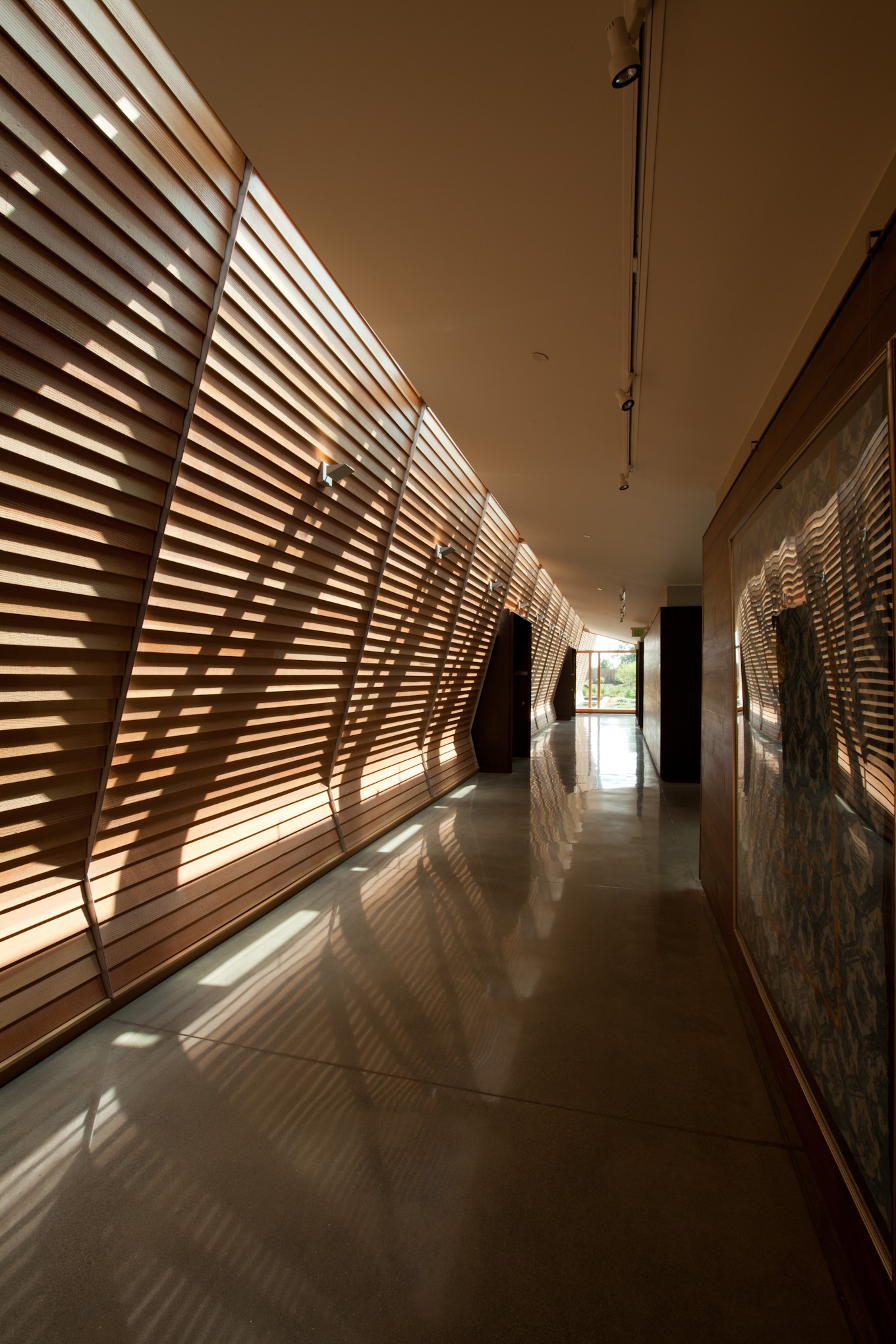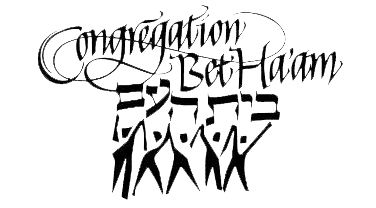- (207) 879 - 0028
- admin@bethaam.org
- 81 Westbrook Street South Portland, ME 04106

- Home
- »
- Who We Are
- »
- Our History
Our History
Thirty-Six Years of Bet Ha'am
Since its creation in 1985, Congregation Bet Ha’am has been an open-door community for Jewish ritual, connection, and engagement. Beginning with our chosen name, Bet Ha’am (“House of the People”), the congregation developed as a grassroots organization, open to creativity and innovation. Interfaith couples and progressive Jews not quite comfortable with the environment of more traditional congregations formed the founding core of the community. Many who came were strangers, not affiliated with any formal Jewish groups, looking to take a step towards Jewish community. From this beginning, the fundamental elements of the spirit of Bet Ha’am were established: to welcome Jews from all backgrounds, embrace interfaith families, emphasize the creation of community, and maintain an open and progressive approach to ritual. The founding spirit of Bet Ha’am continues to guide the community as we grow together to maintain a caring and dynamic home for Reform Judaism in Southern Maine.
We warmly welcome all who wish to enter our doors—Jews and those who are interested in Reform Judaism. Inside our doors and in our garden, you will today find a thriving community from roughly 350 households who engage in Jewish life and learning while developing connections to each other and to the world around them.
We offer regular opportunities for prayer and music, with enthusiastic participation and an open and progressive approach to ritual. We are committed to continuing Jewish education for learners of all ages and stages, with a religious school program that serves around 150 students, a library with over 3,000 volumes, and an active schedule of adult and intergenerational learning opportunities. We encourage participation in the repair of our world through both social action and social justice, opening our doors to both the greater community and to all who wish to join us.
One of our scrolls is Czech Torah #322, which resided in a synagogue in Kostelec Nad Orlici, Czechoslovakia. It was written in 1860 and was rescued from the Holocaust. Please Click Here to see a short video regarding this.
The Memorial Scrolls Trust restored and loans these torahs worldwide https://memorialscrollstrust.org/index.php
In February 2024, several Bet Ha’am congregants participated in a celebratory service at the Westminster Synagogue, London, to observe the 60th anniversary of the rescue, arrival in London, and restoration of 1564 Czech Torahs from the Holocaust, which now live in congregations around the world.
https://youtu.be/VmRaqj3VwuA
Information on the history of Jews in Bohemia and Moravia before World War II is here: https://memorialscrollstrust.org/index.php/our-history/bohemia-moravia
We use our scroll during our dor v’dor (from generation to generation) processions at b’nai mitzvah ceremonies.
An Insider's Guide to Bet Ha'am
Adult Learning Room. This is the room used for Torah Study, adult learning classes, some committee meetings, and other purposes. It is located to the right of the main entrance, the first right off the main corridor.
Ark. The cabinet at the back of the bimah (see below) in which our Torah scrolls are kept.
Bar/Bat/B'not/B'nai/B'notai Mitzvah. This is the ceremony in which a person acknowledges and assumes the responsibilities of Judaism by leading a service and reading Torah. Literally, it is translates as "child/children of the commandments" and is generally celebrated near a person's thirteenth birthday. In Hebrew, Bar is masculine; Bat is feminine; B'not is feminine plural; B'nai is masculine plural; B'notai is gender neutral.
Bimah. The area in which the rabbi or service leader stands during services. In many older synagogues, this area is raised on a platform. At Bet Ha'am, we prefer the rabbi to be on the same level as the congregation.
Chadashot. Our bi-monthly email newsletter. It means "news" in Hebrew. Contact us if you'd like to be on the mailing list.
Coat Room. This is located immediately behind the wall that faces you as you enter our building.
Family Service. Currently held on the second Friday evening of each month, this service is geared to families with younger children. Read more here.
Greeters. Volunteer members of Bet Ha'am who stand near the doors our building to greet people as they arrive for services. If you are new to Bet Ha'am, please introduce yourself to the greeters so that they may welcome you and help you find your way.
Havdalah. Meaning "separation" in Hebrew, this is a ritual performed at the end of Shabbat to mark the separation between the sabbath day and beginning of the rest of the week. Traditionally, the ritual includes wine, candles, a spice box, prayers, and song.
Kabbalat Shabbat. This is the worship service held on Friday nights, as Shabbat begins. It means “receiving Shabbat” or “welcoming Shabbat” in Hebrew. Our service schedule is here.
Kiddush. This is the blessing over the wine traditionally done on Shabbat, festivals, and other life cycle events.
Kiddush lunch. This is the lunch held after Shabbat services on Saturday mornings. At Bet Ha’am, we have kiddush lunches in our Social Hall; it is always open to all who attend services. If there is no bar/bat mitzvah (see above) that day, it is a potluck. If there is a bar/bat mitzvah, the family celebrating provides the kiddush lunch.
Kippah. The skullcap worn by many during worship services. Also known as a yarmulke, the Yiddish word. Wearing a kippah is intended as a sign of respect for God. At Bet Ha'am, kippot are available to be borrowed on the table just outside the door to the sanctuary. Many people bring their own instead.
Library. Our adult library is located off the main corridor, on the right as you head toward the Sanctuary. It contains an extensive collection of books related to Jewish life, thought, and history. Our children's library is located in the school building; after you enter our building, turn right down the corridor, then right again. Anyone may sign out a book from our libraries; read more here.
Minyan. This is a group of ten or more people assembled for worship. A shiva minyan is the same number, assembled at a family’s home after a loved one has passed away.
Mishkan T’filah. This is the prayer book published by the Central Conference of American Rabbis (CCAR) in 2010, used at Bet Ha'am for Shabbat and daily worship services. It means “dwelling place for prayer” in Hebrew.
Ner Tamid. This is the light which burns continuously above the bimah (see above) at Bet Ha'am and at any synagogue. Means “eternal light” in Hebrew.
Oneg Shabbat. Onegs are the welcoming reception with food held after Friday evening services. At Bet Ha'am, onegs usually include challah (braided egg bread), desserts, and beverages. Oneg Shabbat means “joy of Shabbat” in Hebrew.
Restrooms. At Bet Ha'am, these are located immediately behind the wall that faces you as you enter our building.
School Building. Our first home on this site, now dedicated to our religious school. Also called the “old building,” it is the red brick building attached to our newer sanctuary and social hall building. Turn right at the main entrance and ask someone to show you where the stairs or elevator are.
Tallis/Tallit. This is the Hebrew word for prayer shawl. At Bet Ha'am, a case just to the left of the main entrance to the Sanctuary holds our tallisim, which may be borrowed and used by anyone worshiping with us.
Torah Study. This is held at Bet Ha'am every Saturday morning at 9:00 in the Adult Learning Room. Anyone may attend. Read more here.
Ushers. Volunteer members of Bet Ha'am who stand near the doors to the sanctuary and greet people as they arrive for services. Ushers give out prayer books and offer yarmulkes/kippot (see above) and name tags to people as they enter.
Yahrtzeit. This is the anniversary of the death of a loved one, which people mark by sharing the deceased's name with the congregation before the recitation of the mourner's prayer (kaddish) during worship services.
Yarmulke. The skullcap worn by many during worship services. Also known as kippah, the Hebrew word. See kippah.
The original first story of our school building is from 1908. The second story was added in 1922 and third story was added in 1938. The roof trusses on the school building are over 50 feet long.
